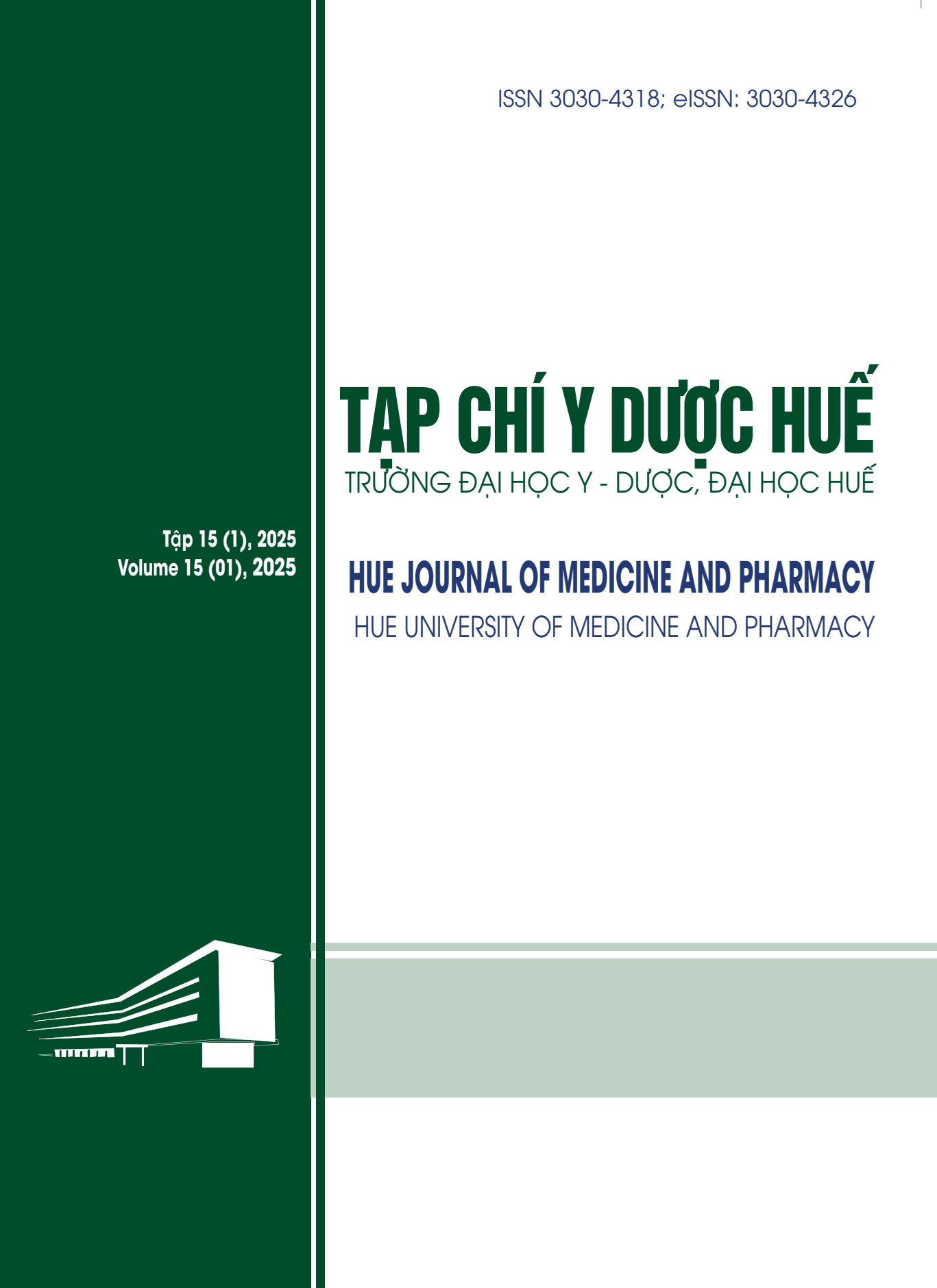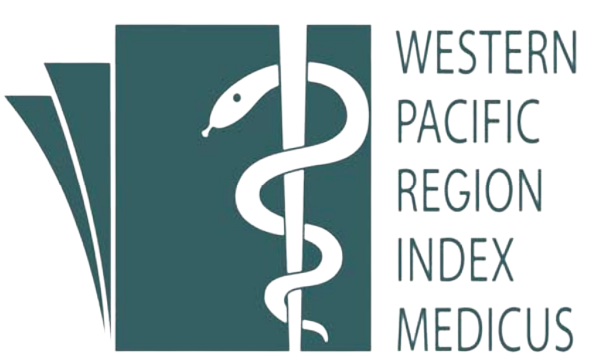Abstract
Objective: To identify the risk factors associated with acute fetal distress during labor.
Subjects and Methods: The study group comprised 55 women diagnosed with acute fetal distress during labor, while the control group included 55 women without this diagnosis. This descriptive cross-sectional study utilized a pre-designed questionnaire and medical records as data collection tools. Data were obtained through direct observation, interviews, and examinations according to the pre-designed questionnaire.
Results: Maternal age of 35 years or older, preeclampsia, heart disease, a large fetus, prolonged labor, intense contractions, anemia, abnormal amniotic fluid levels, and the umbilical cord wrapped around the neck are all statistically significant indicators (p<0.05) linked to acute fetal distress during labor. Notably, anemia increases the risk of acute fetal distress by an alarming 3.8 times (OR=3.8; 95% CI: 1.32-11.23; p<0.05). Abnormalities in amniotic fluid escalate this risk more than 8.2 times (OR=8.2; 95% CI: 2.5-26.6; p<0.05). The umbilical cord around the neck raises the risk by 2.4 times (OR=2.4; 95% CI: 1.09-5.29). Additionally, fever during labor heightens the risk of acute fetal distress by over 4.4 times (OR=5.02; 95% CI: 1.04-18.18; p<0.05).
Conclusion: In laboring women, clinical exams should identify risk factors for acute fetal distress. This monitoring helps obstetricians make timely management decisions.
| Published | 2025-04-24 | |
| Fulltext |
|
|
| Language |
|
|
| Issue | Vol. 15 No. 1 (2025) | |
| Section | Original Articles | |
| DOI | 10.34071/jmp.2025.1.9 | |
| Keywords | suy thai, chuyển dạ, thai phụ acute fetal distress, labor |

This work is licensed under a Creative Commons Attribution-NonCommercial-NoDerivatives 4.0 International License.
Copyright (c) 2025 Hue Journal of Medicine and Pharmacy
Nguyễn VQH, Lê MT. Suy thai. Nhà xuất bản Đại học Huế 2022. tr.253-258.
Kinsella MT, Monk C. Impact of maternal stress, depression and anxiety on fetal neurobehavioral development. Clin Obstet Gynecol. 2009;52(3):425-40.
Jelicic L, Veselinovic A, Cirovic M, Jakovljevic V, Raicevic S, Subotic M. Maternal Distress during Pregnancy and the Postpartum Period: Underlying Mechanisms and Child's Developmental Outcomes-A Narrative Review. Int J Mol Sci. 2022;23(22).
Bộ Y tế. Hướng dẫn quốc gia về các dịch vụ chăm sóc sức khỏe sinh sản. 2016. p. 123.
Warmerdam GJJ, Vullings R, Van Laar J, Van der Hout-Van der Jagt MB, Bergmans
JWM, Schmitt L, et al. Detection rate of fetal distress using contraction-dependent fetal heart rate variability analysis. Physiol Meas. 2018;39(2):025008.
Thurlow JA, Kinsella SM. Intrauterine resuscitation: active management of fetal distress. Int J Obstet Anesth. 2002;11(2):105-16.
van Geijn HP, Copray FJ, Donkers DK, Bos MH. Diagnosis and management of intrapartum fetal distress. Eur J Obstet Gynecol Reprod Biol. 1991;42 Suppl:S63-72.
Anemia in Pregnancy: ACOG Practice Bulletin Summary, Number 233. Obstet Gynecol. 2021;138(2):317- 319.
Tarvonen M, Sainio S, Hamalainen E, Hiilesmaa V, Andersson S, Teramo K. Saltatory Pattern of Fetal Heart Rate during Labor Is a Sign of Fetal Hypoxia. Neonatology. 2020;117(1):111-117.
Đoàn VN. Nghiên cứu một số yếu tố liên quan và các biện pháp xử trí suy thai tại Bệnh viện Phụ sản Trung ương năm 2004 - 2005. Đoàn, editor: Luận văn Thạc sỹ Y học, Trường Đại học Y Hà Nội.; 2005.
Tairy D, Gluck O, Tal O, Bar J, Katz N, Hiaev Z, et al. Amniotic fluid transitioning from clear to meconium stained during labor-prevalence and association with adverse maternal and neonatal outcomes. J Perinatol. 2019;39(10):1349-1355






